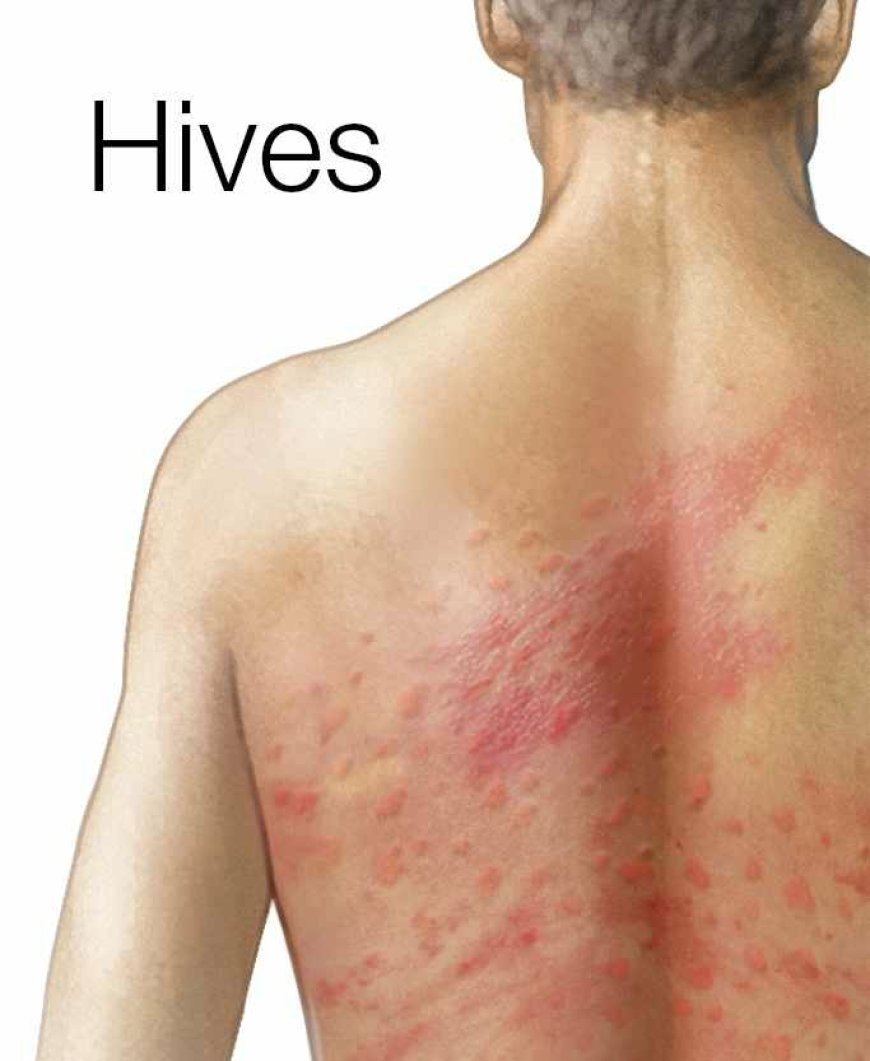Hives
Hives, also known as urticaria, is a common skin condition that's characterized by raised red welts or lesions that form a pattern on the skin.

Hives, also known as urticaria, is a common skin condition that's characterized by raised red welts or lesions that form a pattern on the skin.
These reactions are caused by an allergic reaction to foods, medications, or environmental triggers, such as pets, plants, and even dust mites. Hives can also be caused by stress or intense exercise. While the condition can resolve itself without treatment, the itching and welts can sometimes be bothersome and may require medical attention. In this article, we’ll discuss the symptoms, causes, treatments, and prevention of hives.
What Are Hives?
Hives are red skin lesions, characterized by swelling, welts, and itching. They are triggered by a sudden and abrupt release of histamine, a chemical released in the body in response to an allergen. This histamine release causes histamine-filled vessels to collect near the surface of the skin, leading to red, raised welts and inflammation. The effects of the hives can range from mild to severe and can last for several hours or even a few days. In some cases, hives can be chronic and last for weeks or months.
Causes of Hives
Hives can be caused by several factors. In most cases, hives are triggered by an allergic reaction to a food or a medication. They can also be caused by physical contact with a substance or condition. Common triggers include pollen, pet dander, insect stings, certain drugs, and even some physical activities, such as exercise. Some people experience hives when exposed to cold or heat, as well as certain fragrances and body lotions.
Symptoms
The most common symptom of hives is a raised red welts that may itch and swell. The welts typically form in clusters, but they can also appear individually. The welts may come and go, and the itching and swelling may vary in intensity. In some cases, hives may cause burning or stinging in the affected area.
Diagnosis and Treatment
Diagnosing hives can be difficult, as the exact cause of the reaction may not be clear. To make a diagnosis, your doctor may ask you about your medical history and conduct allergy-testing to determine what substances may have triggered the hives. Once the cause is identified, your doctor will usually recommend a treatment plan.
Treatment for hives usually includes avoidance of the allergen, antihistamines to reduce itching and inflammation, and, in severe cases, corticosteroid creams. Some people may require a course of antibiotics to treat an underlying infection. In certain cases, changes to diet and lifestyle may help reduce the occurrence of hives.
Prevention It’s often difficult to determine the exact cause of hives, but there are some steps you can take to reduce your chances of developing them. You should avoid known allergens, such as certain foods and medications, and limit your exposure to environmental triggers, such as pet dander. You should also try to manage your stress levels and take steps to keep your body in an optimal state of health.
Hives are a common skin condition caused by an allergic reaction to foods, medications, or environmental triggers. The main symptom of hives is a raised red welts that may be itchy or painful. In most cases, hives can be treated with antihistamines and corticosteroid creams. However, it’s important to identify the cause of the hives to prevent them from recurring. To reduce your risk of developing hives, you should avoid triggers where possible and manage your stress levels.
